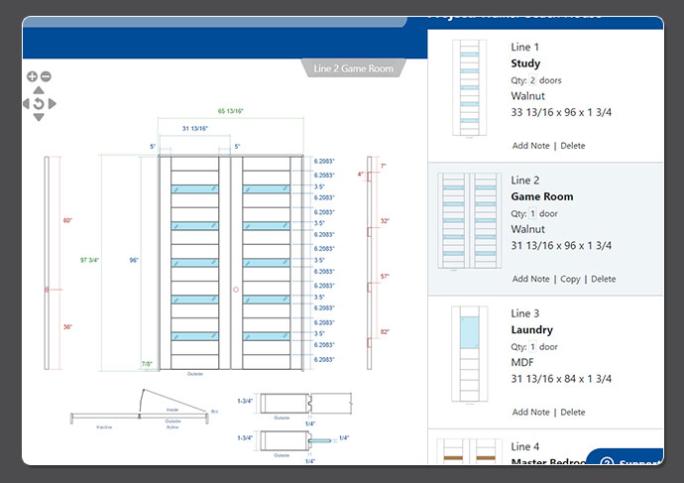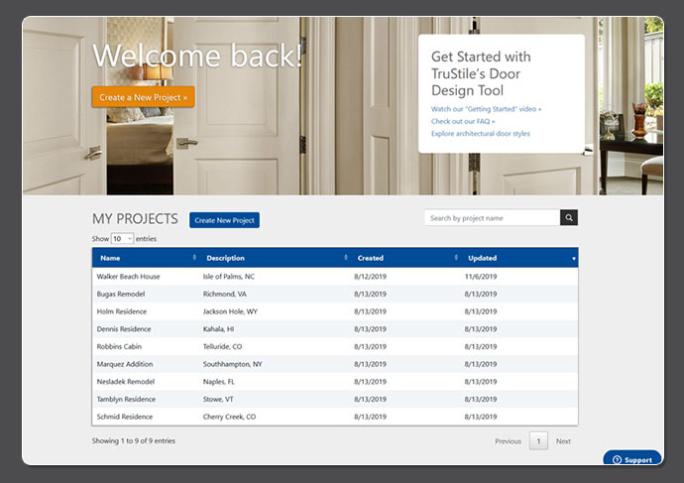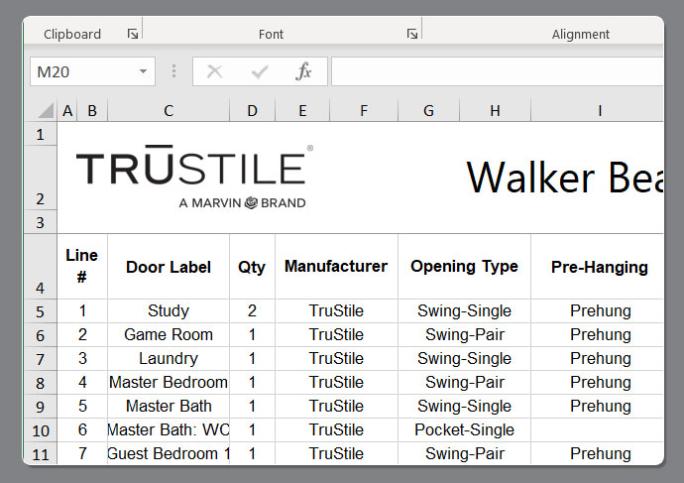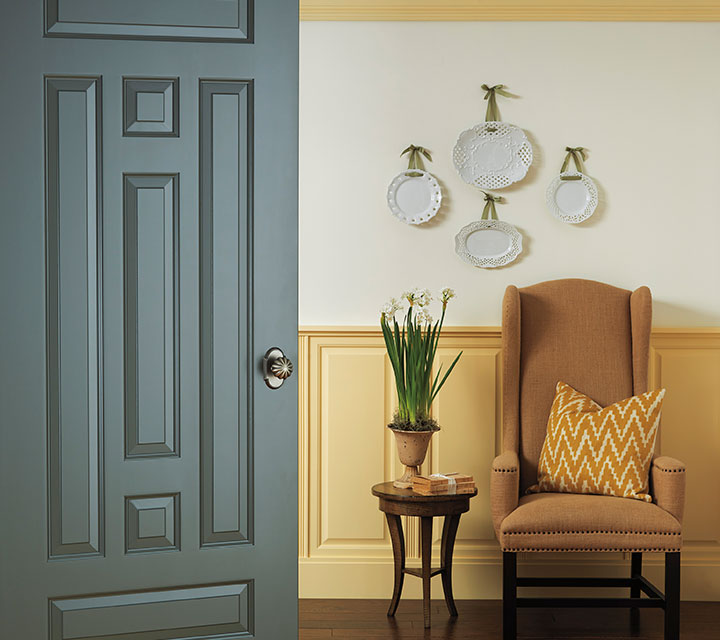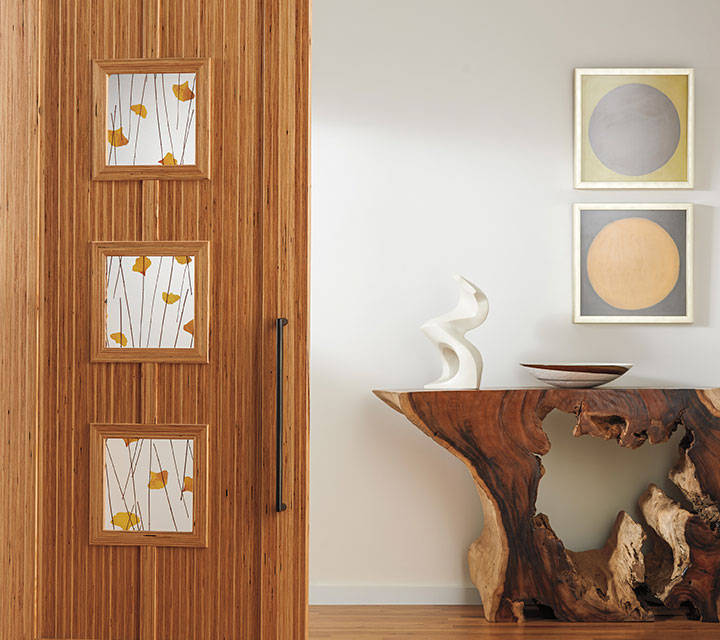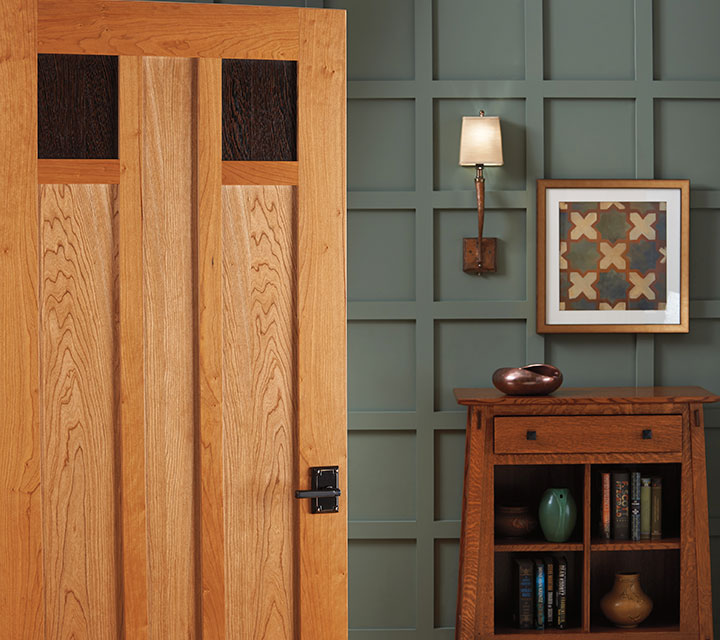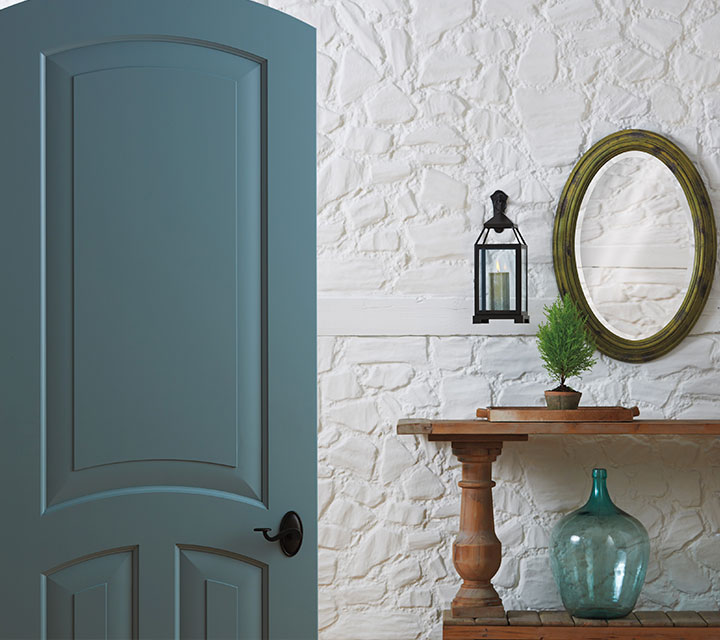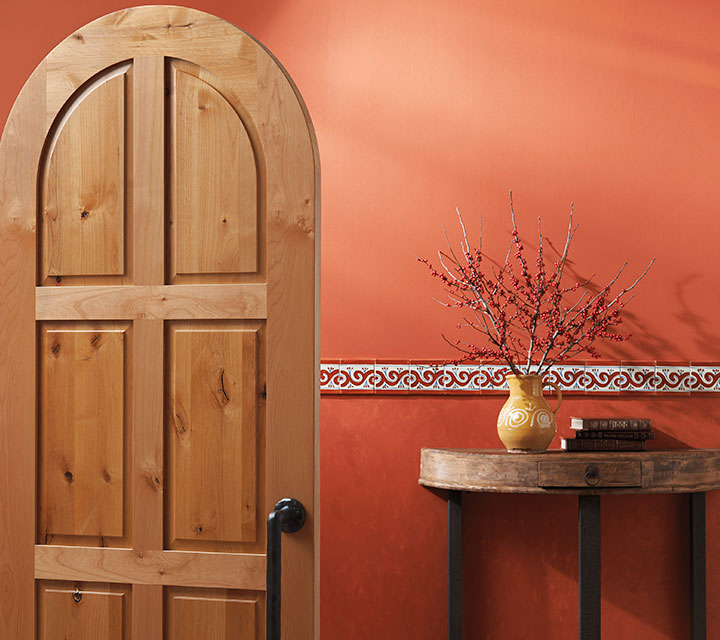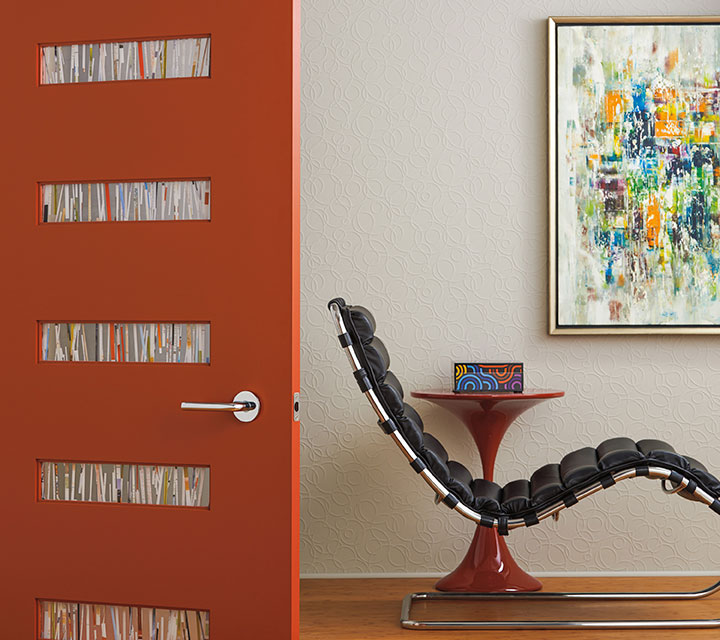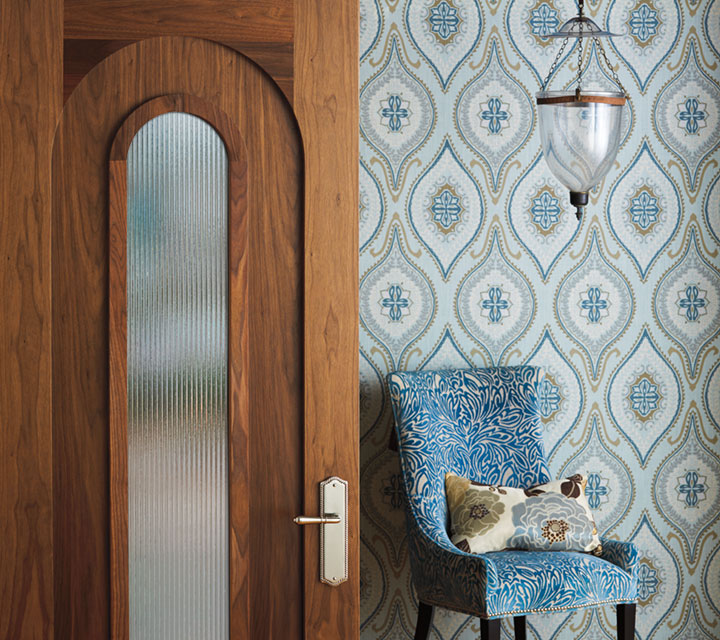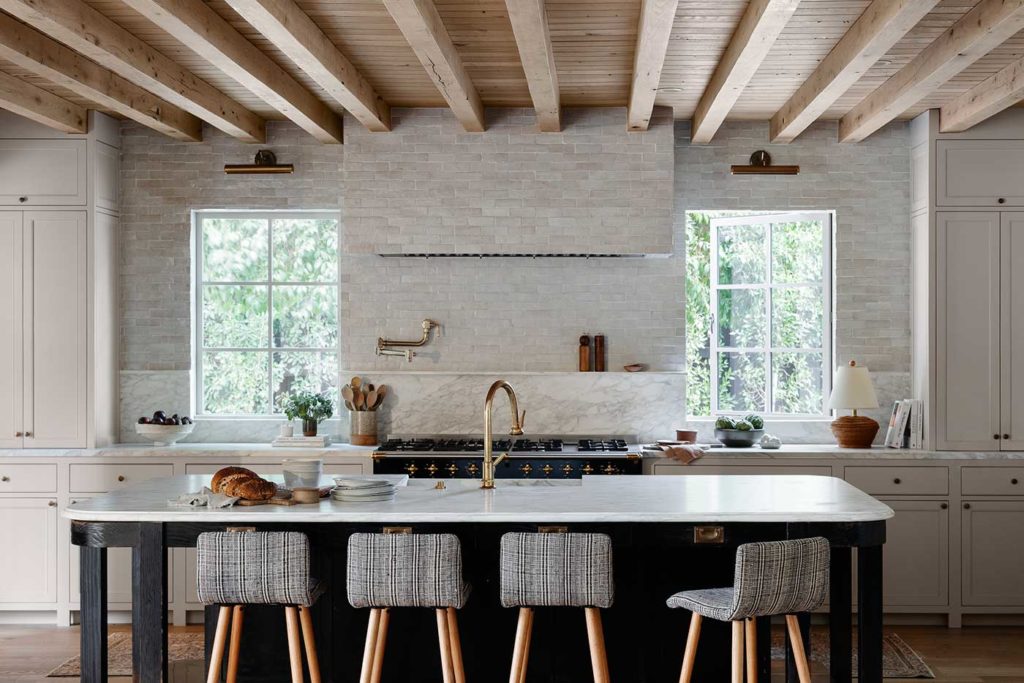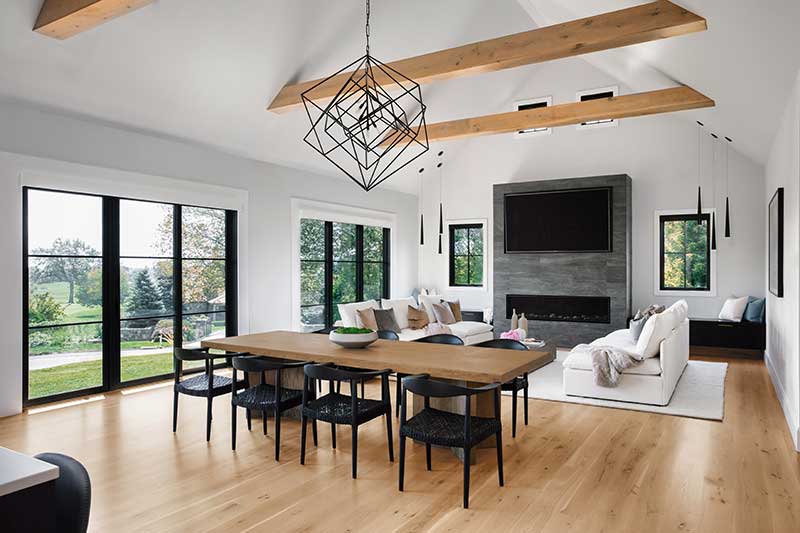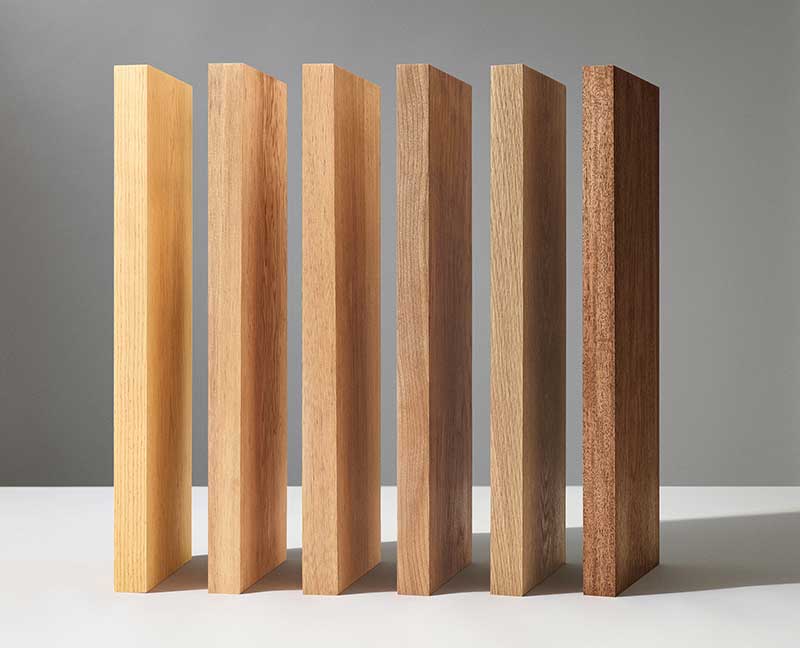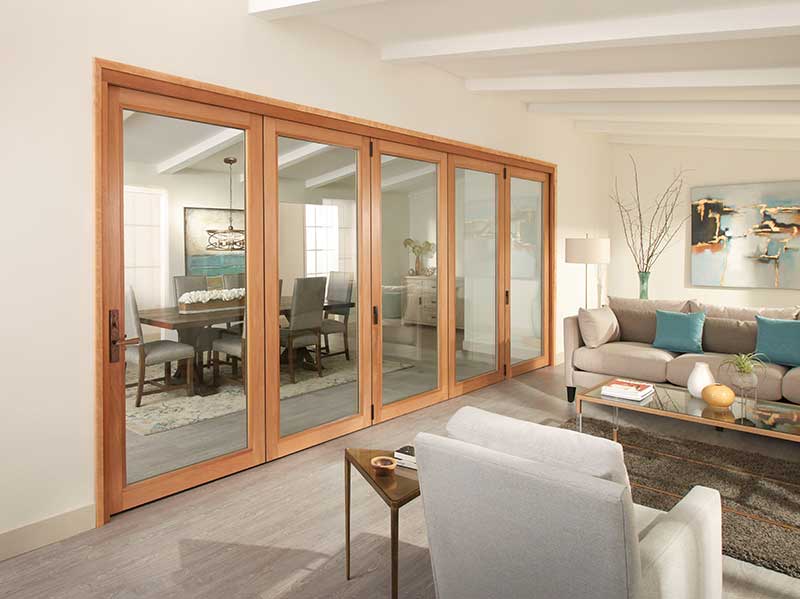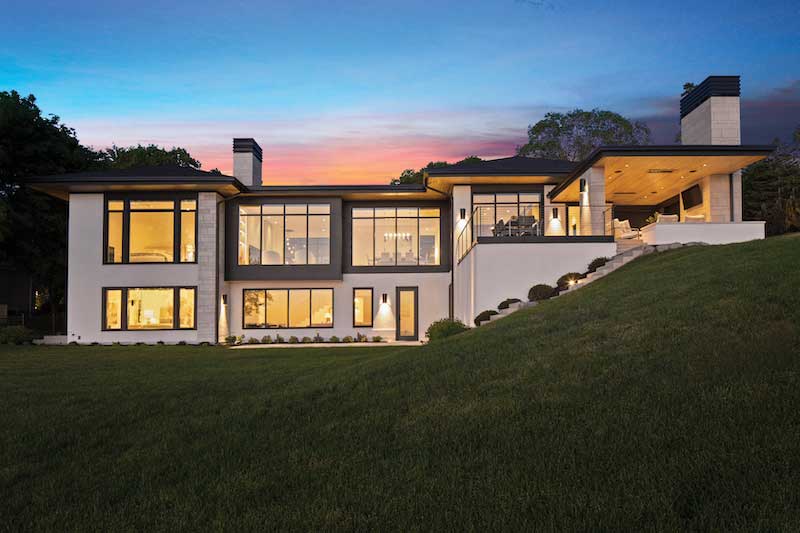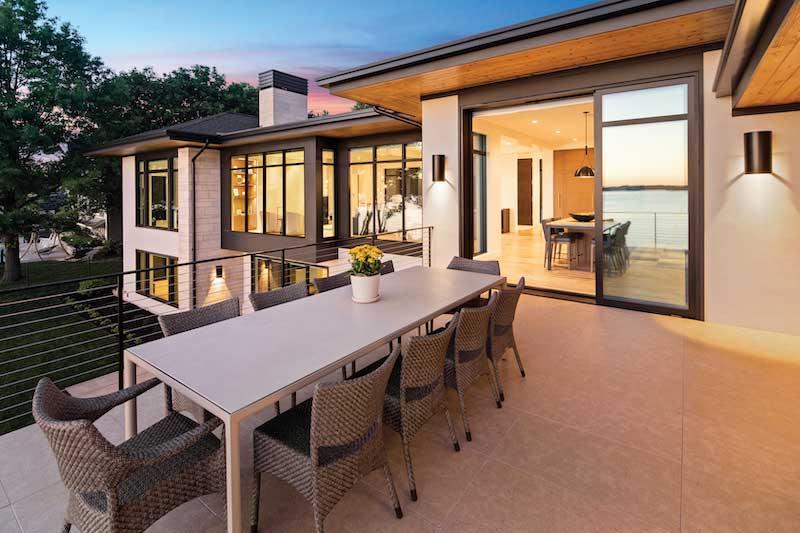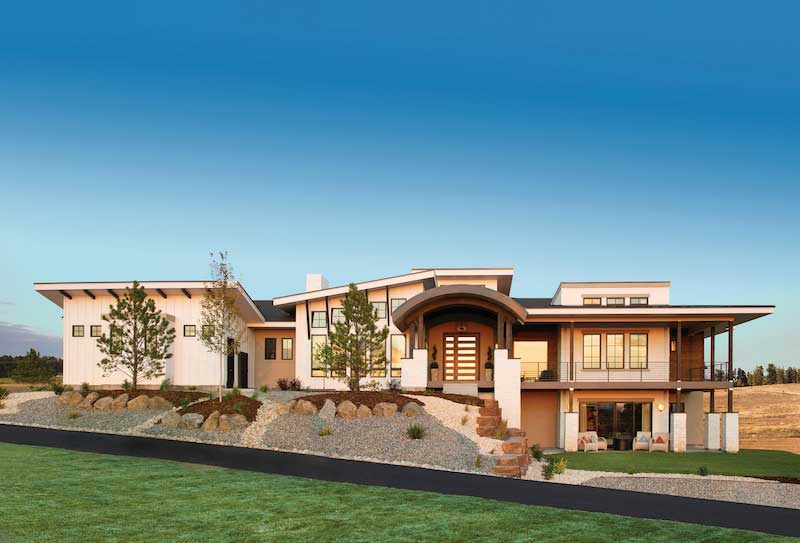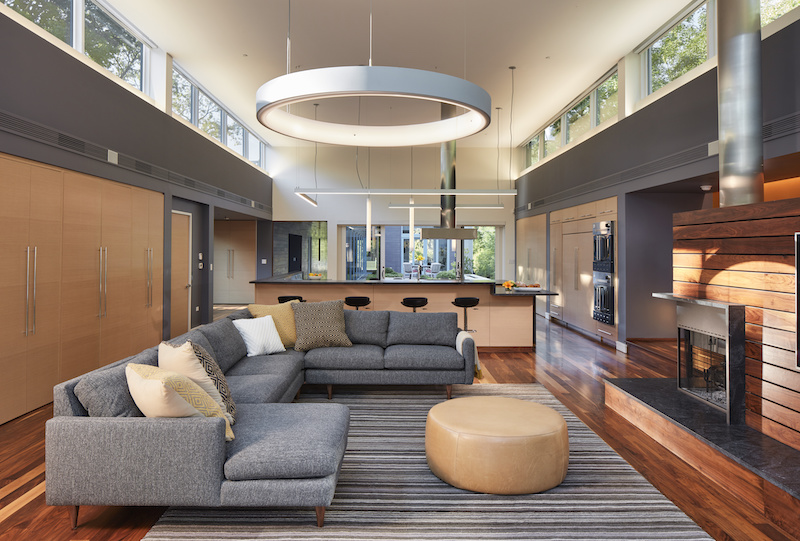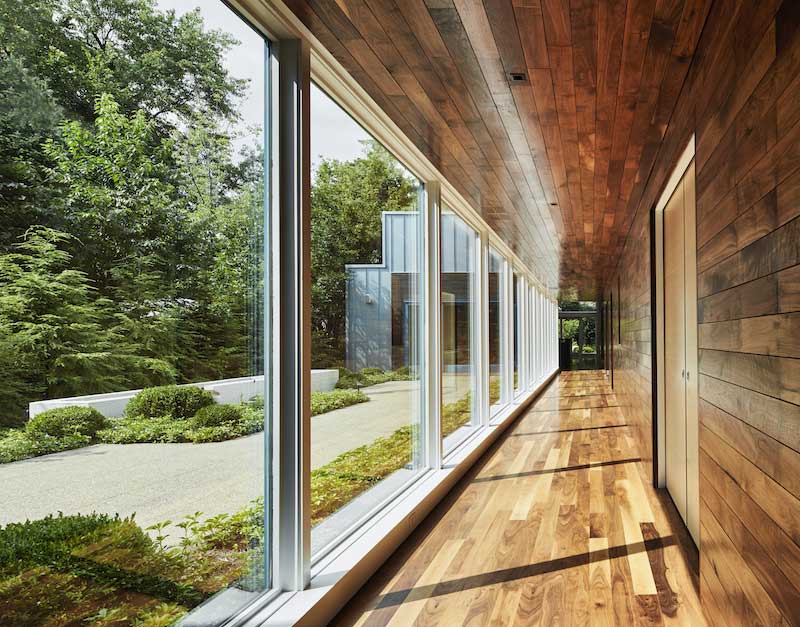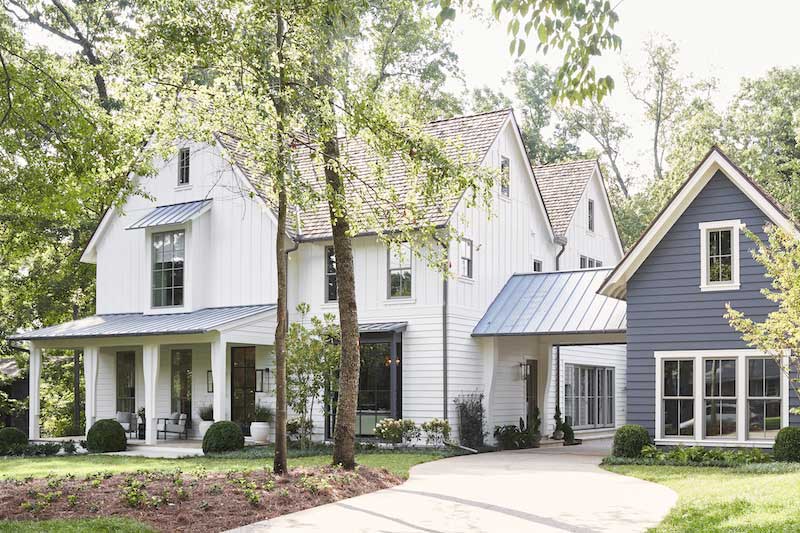Brought to you by Marvin.
From creating spaces for the soul, not for resale, to the rise of the smart home, find out what will be top-of-mind for homeowners this year.
“The golden era of renovation?” Well, it just might be in 2024. Blend together daily routines still finding their footing after the pandemic and a dollop of economic uncertainty, and the notions of home, work, comfort, and connections have taken on some new meanings.
Rejuvenating our physical spaces and infusing them with a fresh sense of optimism and change makes a lot of sense. Here are the five trends to watch for this year:
1. America is Ready to Renovate
What do you get when you mix high housing costs, volatile—sometimes surging—interest rates, and a somewhat limited for-sale inventory? This year, the result is (at least compared to more recent history) a practical nationwide standstill in home sales.
But, as the saying goes, when one door closes, another opens, and in this case, the open door is an increased interest in renovations. Let’s dive in to two of the factors at play:
For starters, the dramatic increase in interest rates is persuading current homeowners to stay put. Just one data point: A recent survey by Zillow indicates that homeowners with mortgage rates below 5% are almost twice as likely to remain in their current homes.
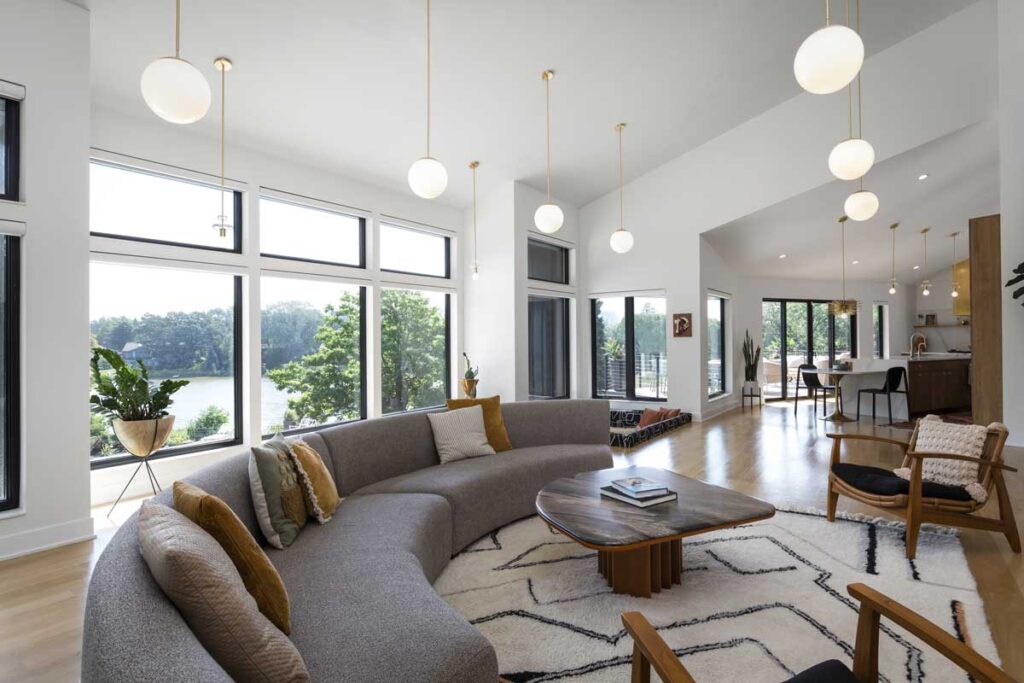
Secondarily, the housing market is flooded with aging properties. Homes that are 20-39 years old have reached what is considered “prime remodeling age,” typically a time when homeowners consider renovations. And these houses are only getting more prevalent. By 2027, according to the National Kitchen & Bath Association (NKBA), the number of homes falling into this age bracket is projected to peak at 24.2 million.
So, while your neighborhood might have a lot fewer For Sale signs this summer, there’s a good chance you’ll see a few more subcontractor vans around your block.

2. The Need to Navigate Climate
What do you get when you mix high housing costs, volatile—sometimes surging—interest rates, and a somewhat limited for-sale inventory? This year, the result is (at least compared to more recent history) a practical nationwide standstill in home sales.
But, as the saying goes, when one door closes, another opens, and in this case, the open door is an increased interest in renovations. Let’s dive in to two of the factors at play:
For starters, the dramatic increase in interest rates is persuading current homeowners to stay put. Just one data point: A recent survey by Zillow indicates that homeowners with mortgage rates below 5% are almost twice as likely to remain in their current homes.
And sometimes climate migration works the other way, too. Redfin reports a sustained and substantial interest in cities like Phoenix, Las Vegas, and Miami, driven by more affordable housing options. Homeowners in these areas are renovation-ready, too, but are more likely to explore options and projects aimed at reinforcing their homes against extreme weather phenomena such as high winds, heavy precipitation, and rising temperatures.
3. Seamless Living: The Future of Smart Home Connectivity
You don’t have to ask ChatGPT to know that in just a year, technology and artificial intelligence (AI) have made significant advancements, promising unparalleled efficiency, comfort, and convenience both within and outside the home. (Sadly, robot butlers still seem a long way off.)
Home products are increasingly leveraging AI to adapt to habits and daily routines, offering a level of personalization and assistance, as well as seamless integration. Smart homes can make multi-sensory environmental changes by taking everything from temperature, lighting, and airflow to sound, scents, and more, into account.
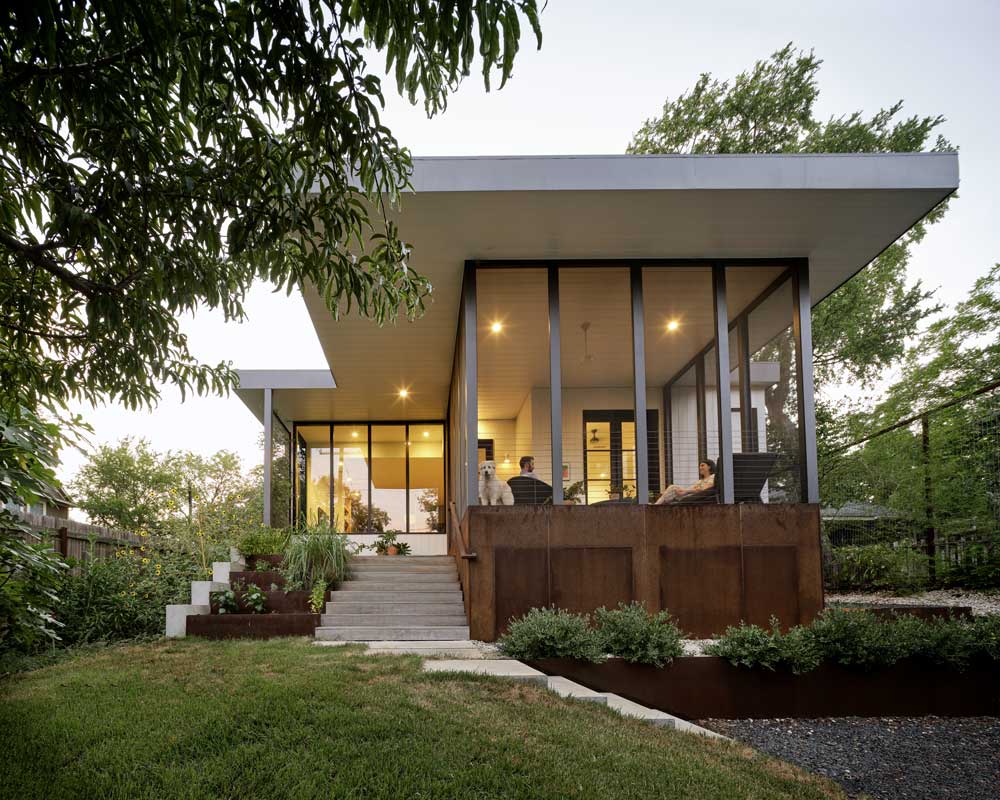
Think products like the Marvin Awaken, a skylight that opens to allow in fresh air and can change the lighting of a room via its built-in LED technology. Busy households are now able to enjoy a more comfortable environment without the need to really think about opening windows, adjusting the thermostat, or changing the lighting. Automation is on the case.
Making their homes more energy efficient is also an aspiration for homeowners, and smart home technologies can help achieve this goal, whether by reducing costs or minimizing carbon footprints long-term, and they may enjoy a tax incentive for doing so. Renovations that upgrade with smart-home solutions that enhance energy efficiency show no sign of slowing down.
And for some, security is a top priority, and the adoption of connected devices such as alarm systems, cameras, lighting, and locks, all of which can be monitored and controlled remotely, continues to rise. Add in enhanced energy efficiency and it’s easy to see why smart homes and smart home products continue to be on many renovators’ must-have lists.
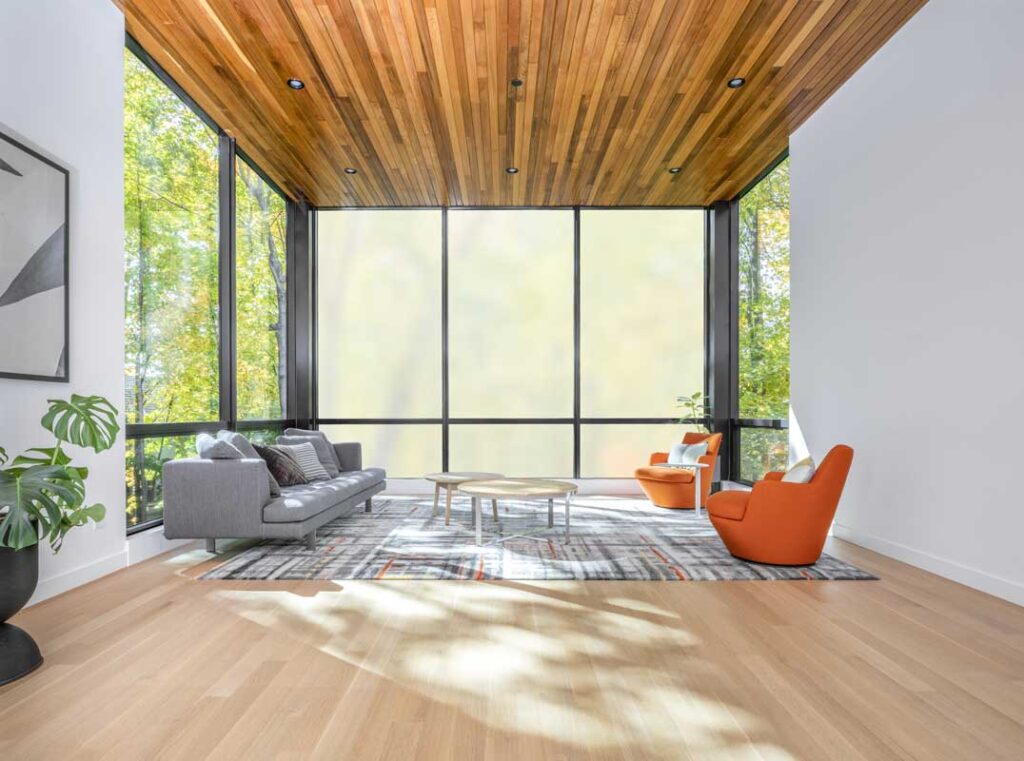
4. Creating Spaces for the Soul, Not the Resale
It’s a cliché nearly as ubiquitous as “location, location, location.” Ask any number of homeowners, builders, designers, and realtors why they’re embarking on a remodel project and you’ll likely hear: “resell.” And while resale considerations are still valid, a transformative shift is underway. Simply put, people are placing an increased value on their happiness and not an eventual sale price.
Design considerations that support this shift place a premium on creating spaces that are calm, tranquil, and support well-being. While this emphasis isn’t new per se, it continues to gain steam as the emphasis on our physical, emotional, mental, and spiritual connections to our homes change.
These well-being initiatives take on a variety of shapes. Lighting, particularly the incorporation of natural light, is one major focus. Natural light isn’t just about aesthetics; it has the power to elevate moods, infuse a sense of vitality, and offer a fresh perspective.
Recognized by sleep scientists for its role in regulating daily rhythms, natural light supports not only physical health but also our emotional and social selves.
“Of course, a primary benefit of windows and glass doors is our ability to take in natural light from the comfort of our favorite spaces at home,” said Christine Marvin, chief marketing + experience officer at Marvin. “In fact, studies show that the more we expose ourselves to natural light, the better it is for both our alertness and sleep cycles.”
Along with light, the desire to embrace the serenity of natural views is on the rise for homeowners. Various studies support the idea that connecting with nature positively influences mood, fostering optimism, and providing an energy boost that contributes to overall well-being. Our attraction to nature has also spurred the popularity of biophilic design, whether it involves incorporating plants and natural materials in the home or using items that emulate the colors, textures, or patterns found in nature.
Speaking of color, it plays an outsized role in how a home feels. As the 2024 palette emerges, color forecasts are leaning into serene and calming hues, balanced by warmer, earthy tones. Paint companies and color authorities like Pantone are steering toward hues that not only soothe but also awaken the senses, foster optimism, and support the pursuit of balance.
5. The Importance of Aging-In-Place Design
It’s easy to see the appeal of staying in your existing home as you grow older. Comfort, convenience, and familiarity all play a role. But if aging in place is the plan, it’s an important consideration when it comes to home renovation projects. While many older homes are ill-equipped for safe, accessible living as we age (and often need large-scale modifications), these renovations can be some of the most beneficial changes over time.
Enhancing living spaces for the long-term means thoughtful design elements and modifications. Optimized lighting that boosts visibility and reduces fall risks by incorporating additional windows is key, and is especially important for those with aging eyesight.
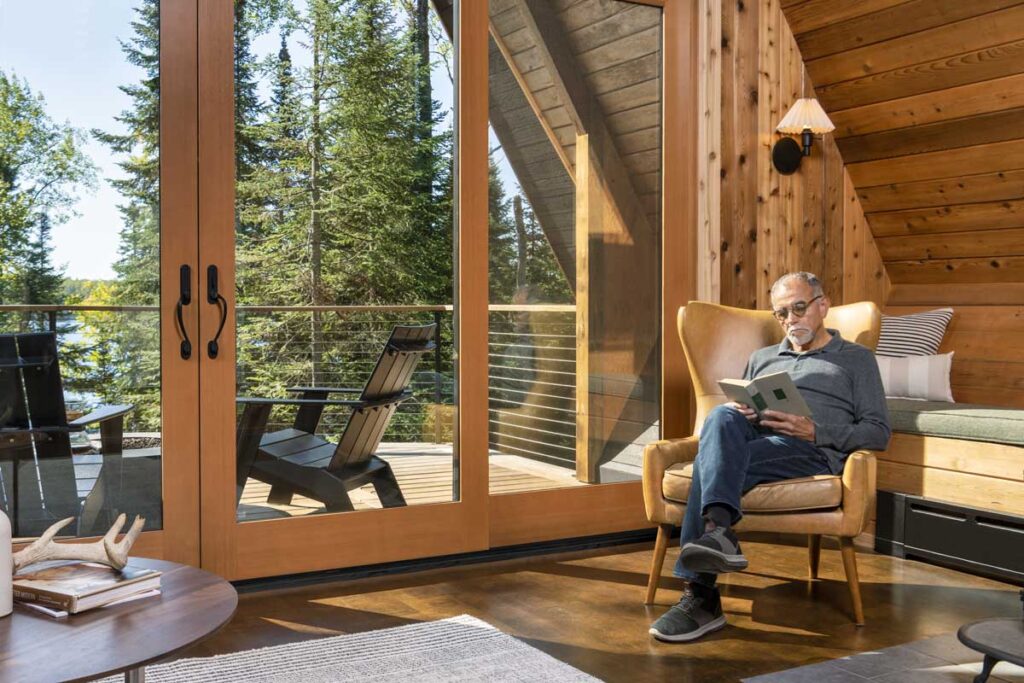
No project should skimp on the idea of getting around safely. Widening both interior doorways and exterior entries to better accommodate walkers and wheelchairs, implementing zero-threshold entries and flush sills to eliminate tripping hazards and enhance accessibility are just a few examples. It might seem like a small change, but aging or arthritic hands need ergonomic considerations. Door, drawer, and cabinet handles with a lever-style design offer comfort and ease of use. And where these handles are placed makes a difference. Windows with the option to put hardware in a lower position on the sash means they’ll be accessible from a seated position.
And if you need to prioritize areas for spending, think kitchens and bathrooms. Tailoring counter and window heights in the kitchen makes a huge difference in comfort and convenience, while in the bathroom, having fixtures accessible is a necessity, along with adding features like walk-in showers and strategically placed grab bars enhance safety and ease of use.
A New Era for Homeowners
So, with the “golden age of renovation” upon us, homeowners’ relationships with their living spaces are undergoing a significant shift. The confluence of an aging housing stock and a willingness to stay in existing homes will help drive remodel momentum. Mix in a growing interest in technological advancements, a focus on well-being through thoughtful design, and practical modifications to facilitate aging in place, and you have an environment primed for renovation projects.
No matter if you’re planning a massive remodel or some simple updates to make your spaces a bit more relaxing, there’s inspiration and innovation everywhere.
This article originally appeared on the Inspired by Marvin blog.

